Ai And Humans Might Work Together To Produce Music
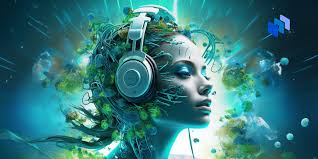
There's an intriguing aspect of AI that is developing. It has its impact on the creative arts, particularly in the realm of music, literature, and visual arts.
AI has evolved from being a tool for processing and analyzing data to becoming a creative collaborator capable of generating original content that rivals human-made works.
In music, AI algorithms can compose original pieces in various styles, from classical to jazz and electronic music. For example, OpenAI's MuseNet is an AI model capable of generating complex musical compositions that blend different genres.
It can create multi-instrumental pieces that sound as if they were composed by experienced human musicians.
AI-generated music is increasingly being used in film scores, video games, and other media, opening up new possibilities for content creators.
In literature, AI has been used to write short stories, poetry, and even full-length novels. AI tools like GPT-3, which powers many writing assistants, can generate coherent and sometimes surprisingly insightful text based on prompts given by humans.
These AI-generated works can serve as inspiration for writers, helping them overcome writer's block or explore new ideas. Some AI-generated poems and stories have even been published, blurring the lines between human and machine creativity.
Visual arts have also seen a significant impact from AI. AI algorithms can generate paintings, illustrations, and even digital sculptures that are often indistinguishable from works created by human artists.
One notable example is the use of Generative Adversarial Networks (GANs), which consist of two neural networks working together to create images that are increasingly realistic and artistically compelling.
AI-generated artwork has been showcased in galleries and sold at auctions, sometimes for significant sums, highlighting the growing recognition of AI as a legitimate creative force.
One of the most exciting developments in AI and creativity is the concept of collaborative creation, where human artists and AI systems work together to produce new works. In these collaborations, the AI can suggest ideas, generate drafts, or even refine the artist's vision, resulting in a final product that is a true fusion of human and machine creativity.
This has led to the emergence of a new genre of art that explores the relationship between technology and human expression.
However, the rise of AI in creative fields also raises important questions about authorship, originality, and the role of the artist.
As AI becomes more capable of generating high-quality content, the definition of what it means to be an artist may evolve, leading to new forms of collaboration and new ways of appreciating art.












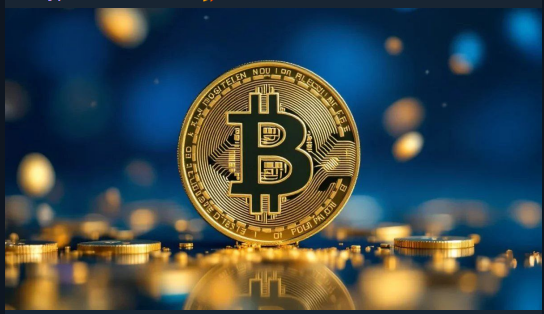
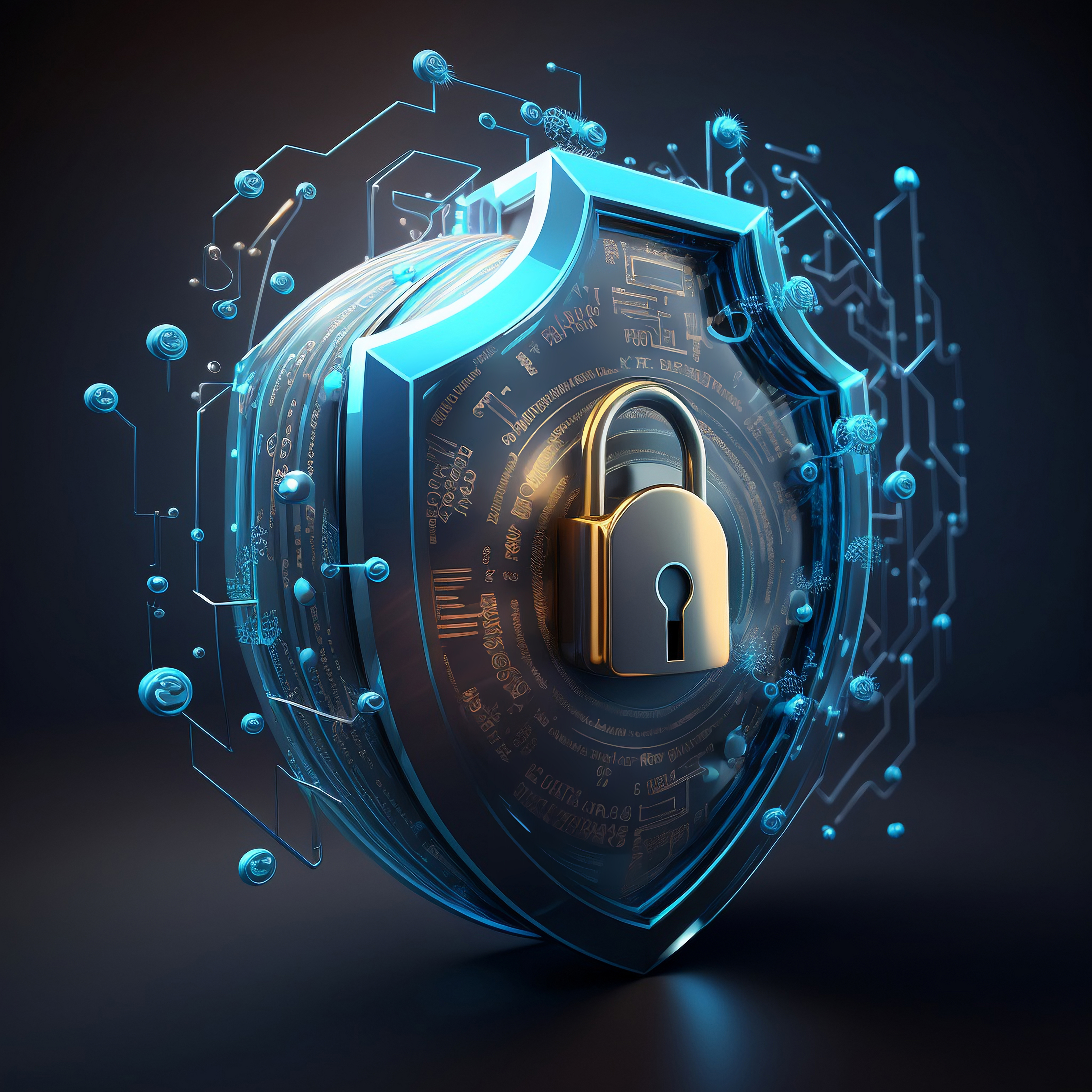
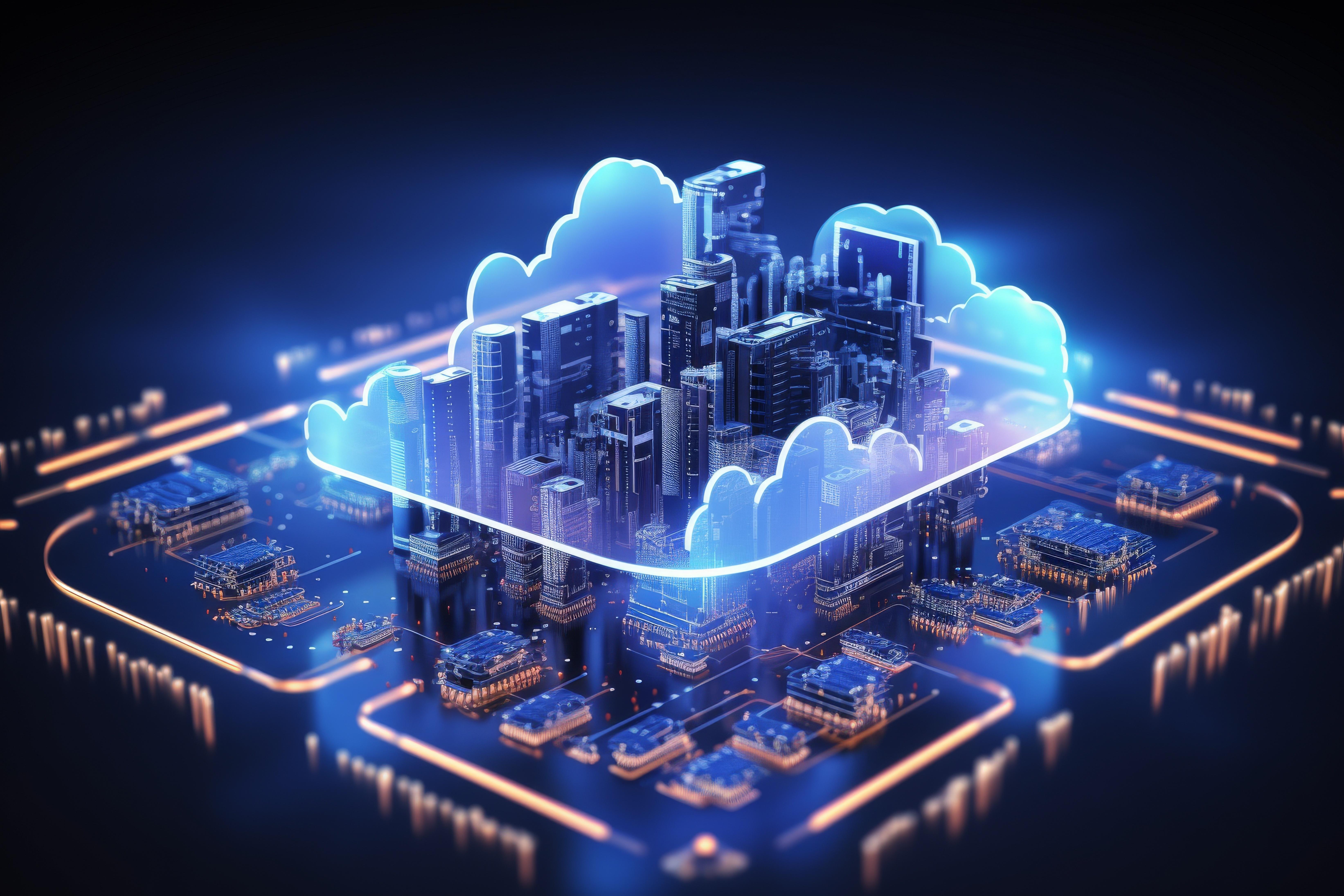
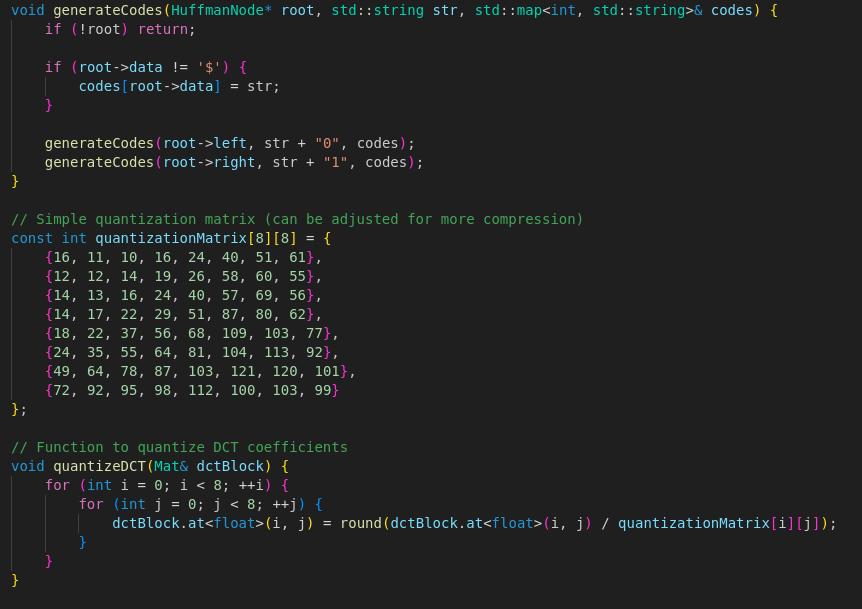
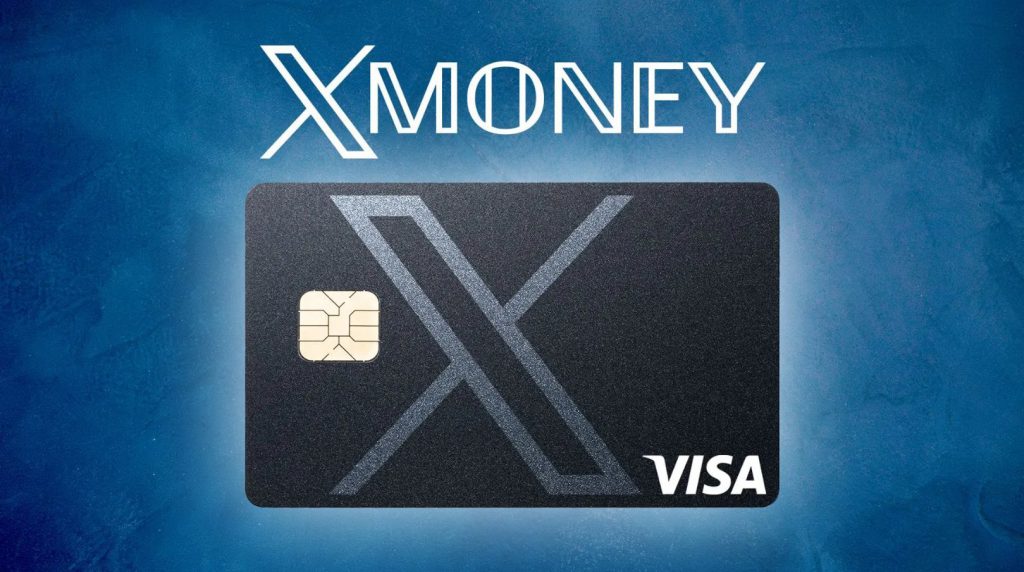
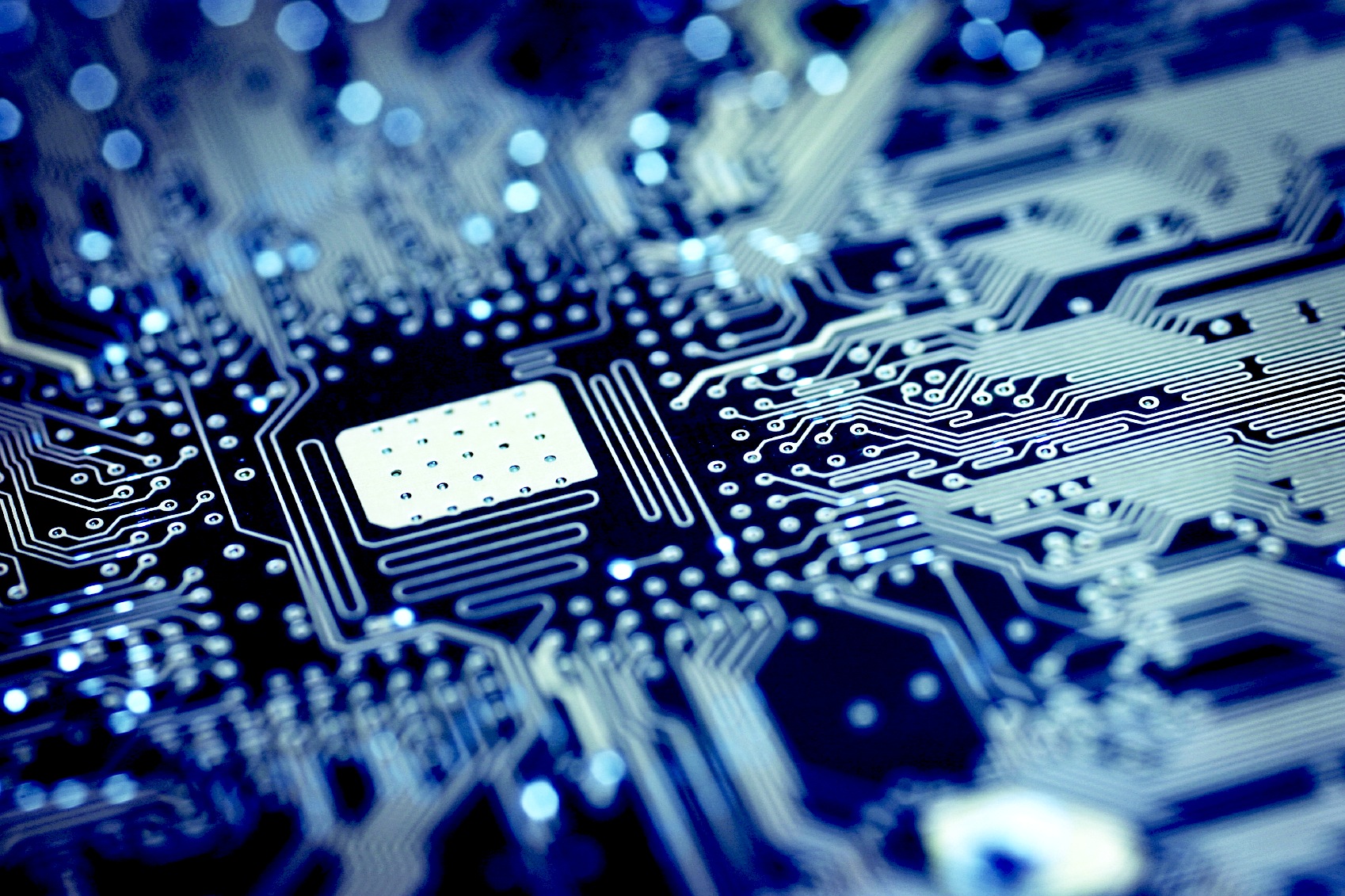
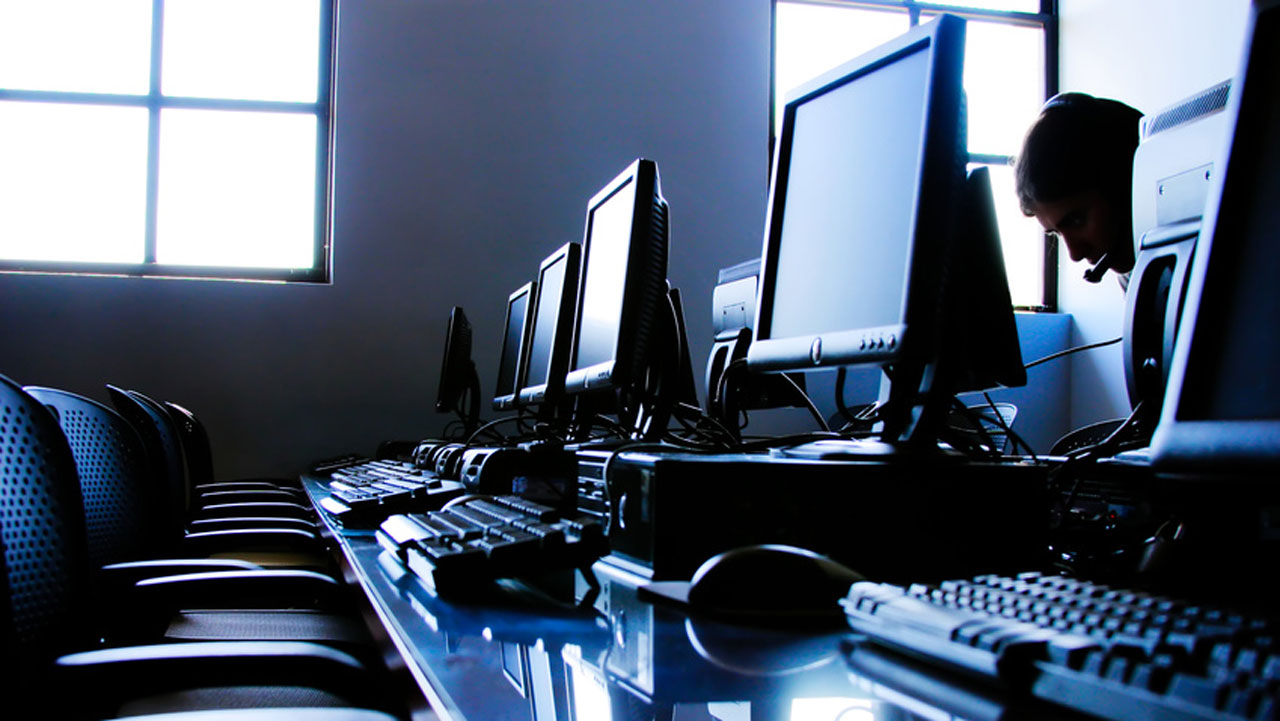
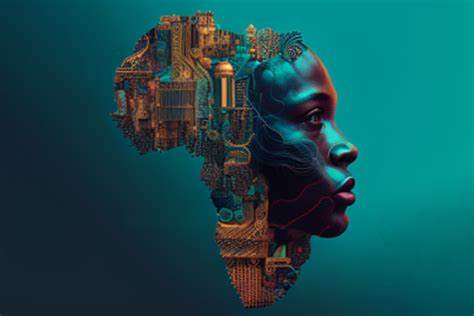
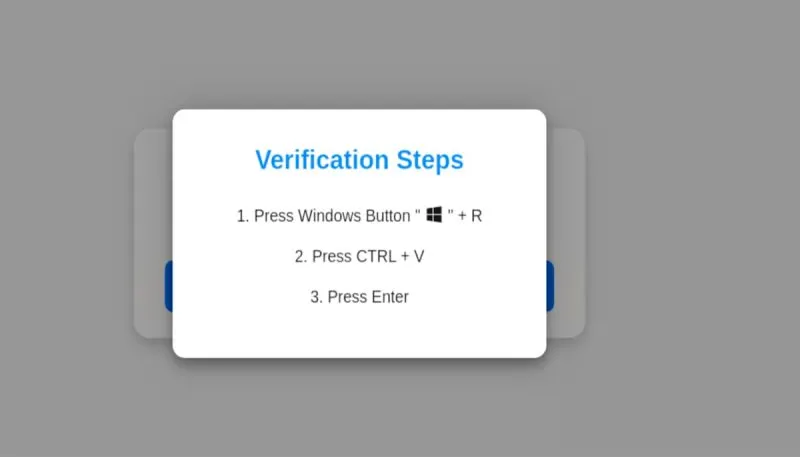

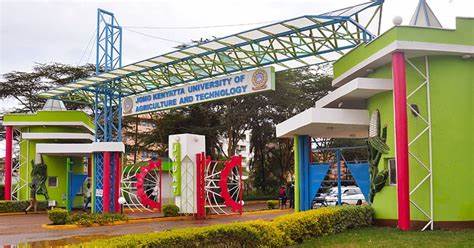
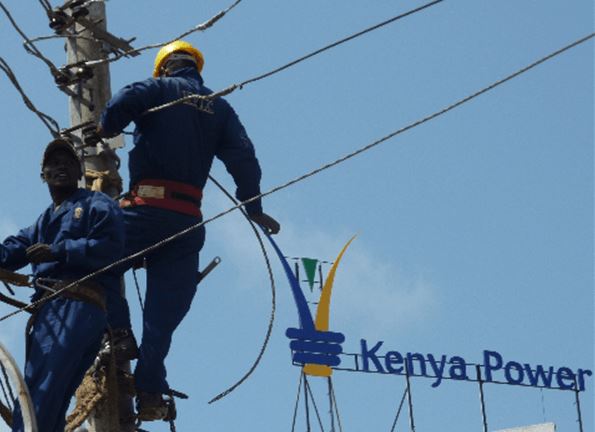
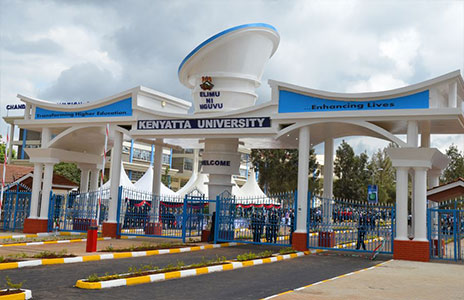
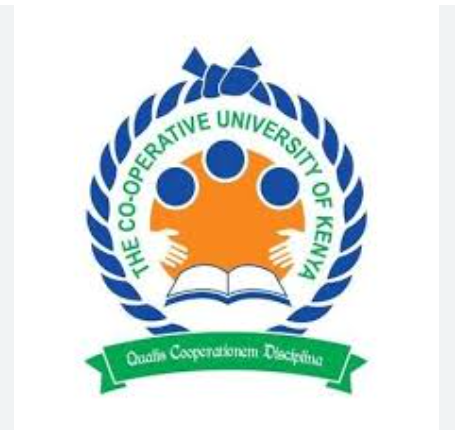
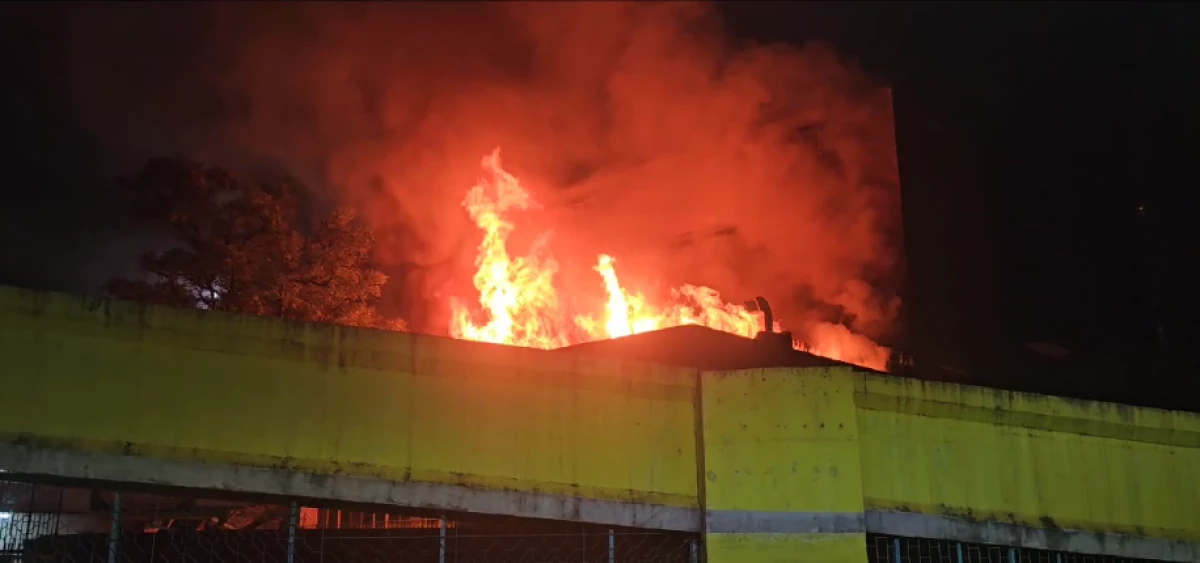
Comments